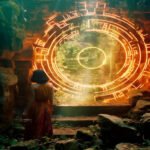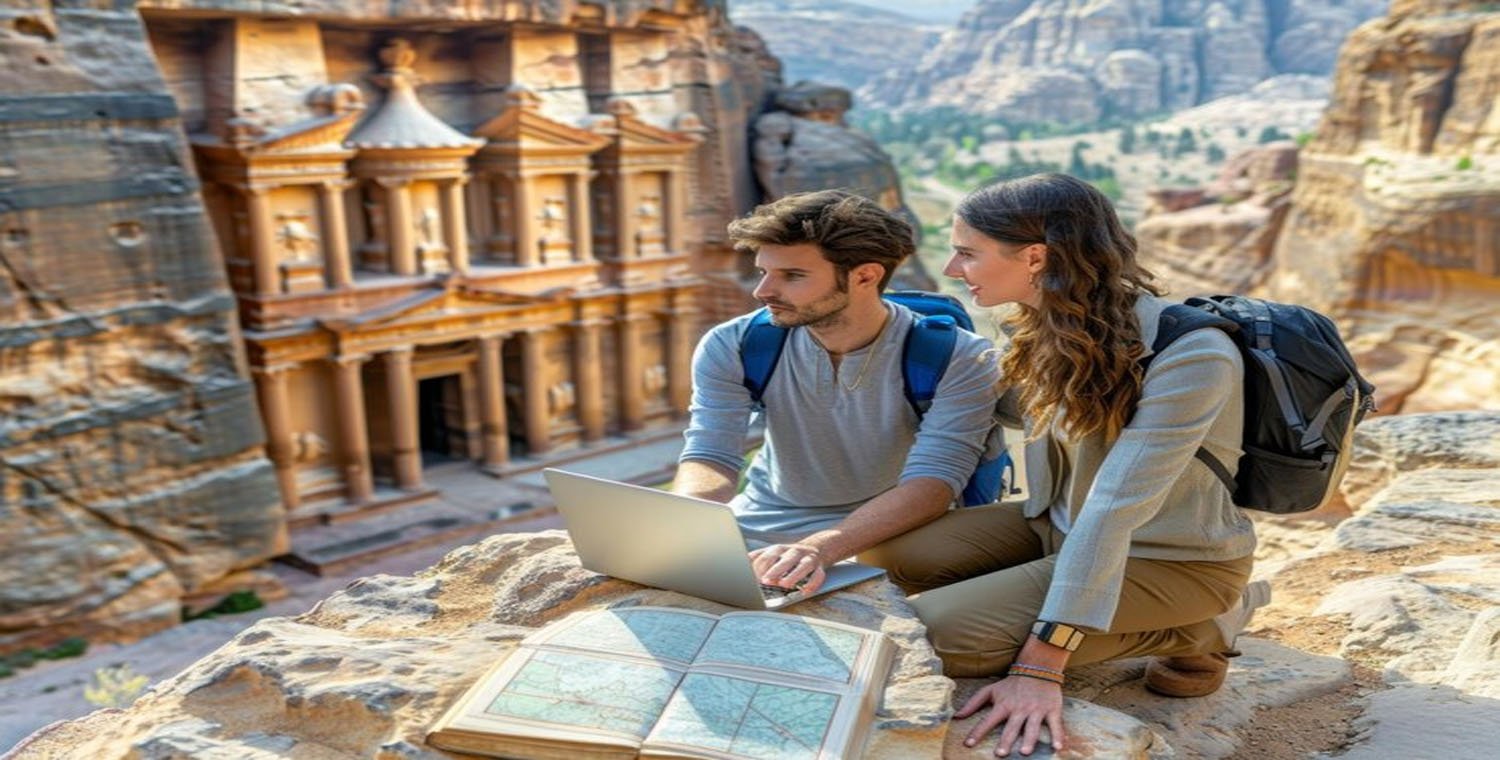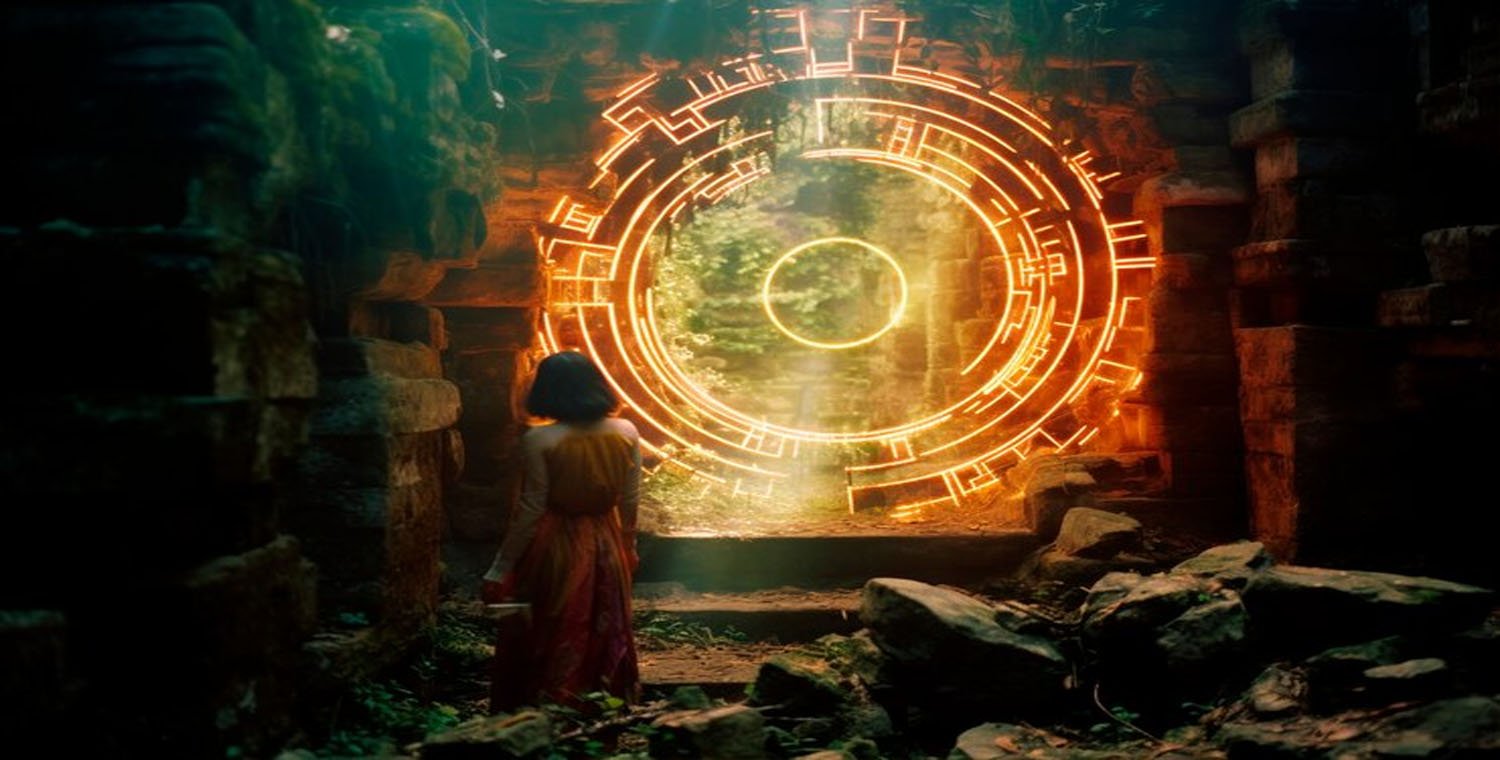In the vast landscape of cultural heritage, jeizmaciasc emerges as a unique and captivating concept that weaves together history, artistry, and community. This term encompasses a variety of practices and traditions that reflect the rich tapestry of human experience. In this article, we will delve into the origins of jeizmaciasc, its significance, various forms it takes, and its relevance in contemporary society.
Understanding Jeizmaciasc

Jeizmaciasc is a term that signifies more than just a collection of cultural artifacts; it represents a philosophy of life that emphasizes the importance of tradition, connection, and expression. The essence of jeizmaciasc can be found in its various manifestations—be it in art, music, dance, or community rituals.
Historical Roots
The roots of jeizmaciasc can often be traced back to ancient civilizations where storytelling, craftsmanship, and community gatherings played pivotal roles in daily life. Over the centuries, these practices have evolved, influenced by changing social, political, and economic landscapes.
For example, in many indigenous cultures, the concept of jeizmaciasc is intertwined with their cosmology and worldview. The narratives told through their art and rituals serve not only as entertainment but as vital lessons for younger generations, reinforcing the values and beliefs of their communities.
Forms of Jeizmaciasc
Jeizmaciasc manifests in various forms, each deeply connected to the cultural context from which it arises. Below are some prominent expressions of this rich tradition:
1. Traditional Arts and Crafts
One of the most significant aspects of jeizmaciasc is traditional arts and crafts. This includes a wide array of artistic practices such as pottery, weaving, painting, and sculpture. Each of these crafts tells a story, often reflecting the natural surroundings, historical events, or cultural beliefs.
- Pottery: In many cultures, pottery is more than a functional art; it serves as a canvas for cultural expression. The designs and patterns often have deep meanings, representing elements of nature, spiritual beliefs, or community identity. For instance, pottery from indigenous cultures frequently incorporates symbols that connect to their ancestral narratives.
- Textile Weaving: Textile arts are another crucial component of jeizmaciasc. Weaving techniques passed down through generations showcase not only skill but also cultural identity. The patterns in textiles often represent historical events, social status, or community stories, serving as a visual language that communicates rich narratives.
2. Music and Dance
Music and dance are vibrant forms of jeizmaciasc that convey emotions, stories, and cultural heritage. These performing arts are often central to community celebrations and rituals.
- Traditional Music: The sounds of traditional music vary widely across cultures but often feature unique instruments and vocal styles that reflect the community’s history. For example, the use of drums, flutes, and string instruments can evoke a sense of place and identity, connecting individuals to their roots.
- Dance: Dance is an integral part of jeizmaciasc, often performed during festivals, ceremonies, or community gatherings. Each dance style tells a story, whether it’s a celebration of harvest, a rite of passage, or a reflection of historical events. The movements and rhythms often embody the spirit and emotions of the community, fostering a deep connection among participants.
3. Rituals and Celebrations
Rituals and celebrations are fundamental to jeizmaciasc, providing a framework for community engagement and cultural expression. These events often mark significant life stages, seasonal changes, or communal milestones.
- Rites of Passage: Many cultures have specific rituals that mark the transition from one life stage to another, such as birth, coming of age, marriage, and death. These rites not only honor the individual but also reinforce the values and beliefs of the community.
- Seasonal Festivals: Seasonal celebrations are an essential aspect of jeizmaciasc, reflecting the rhythms of nature and the community’s relationship with the environment. These festivals often involve a combination of music, dance, food, and storytelling, creating a festive atmosphere that strengthens community bonds.
The Significance of Jeizmaciasc
Jeizmaciasc holds immense cultural, social, and emotional significance for communities worldwide. Its practices foster a sense of belonging and identity, reinforcing the ties that bind individuals to their heritage.
Cultural Preservation
In an era of globalization, where cultural identities are often at risk of being diluted, jeizmaciasc serves as a crucial mechanism for preserving traditional knowledge and practices. By engaging in these activities, communities maintain their cultural integrity and pass on their heritage to future generations.
Educational initiatives focusing on jeizmaciasc are increasingly common, aiming to teach younger generations about their cultural heritage. Workshops, festivals, and community events provide opportunities for hands-on learning, ensuring that traditional practices continue to thrive in modern contexts.
Social Cohesion
The communal aspect of jeizmaciasc fosters social cohesion, bringing people together in shared experiences. Whether through collaborative crafting sessions, community dances, or joint rituals, these activities create a sense of unity and belonging.
In many cultures, jeizmaciasc also serves as a platform for social activism, addressing issues such as environmental sustainability, cultural rights, and social justice. By coming together around shared values and goals, communities can amplify their voices and work toward positive change.
Emotional Connection
The emotional resonance of jeizmaciasc cannot be understated. Participating in cultural practices often evokes feelings of pride, joy, and connection. These emotions are particularly poignant during communal celebrations, where individuals come together to honor their shared history and values.
Rituals and ceremonies often serve as sources of healing and comfort during challenging times. The support of the community during these practices can provide solace, helping individuals navigate grief, loss, and other life challenges.
Jeizmaciasc in Contemporary Society
As society evolves, the relevance of jeizmaciasc continues to grow. In a world that often feels disconnected, these practices offer valuable insights into how we can live more authentically and meaningfully.
Revitalization of Traditional Practices
Recent years have seen a resurgence of interest in traditional practices, with many communities working to revitalize jeizmaciasc. This revitalization often involves blending traditional techniques with contemporary art forms, creating new expressions that resonate with younger generations.
Artisans and performers are increasingly using social media and digital platforms to share their work, reaching a global audience. This exposure not only helps preserve cultural heritage but also fosters appreciation and understanding among diverse communities.
Educational Initiatives
Educational programs focusing on jeizmaciasc have gained momentum, emphasizing the importance of cultural literacy and heritage. Schools, community centers, and cultural organizations are developing curricula that include traditional crafts, music, and rituals.
These initiatives not only teach valuable skills but also instill a sense of pride and belonging among participants. By learning about their heritage, individuals can develop a deeper understanding of their identity and role within their community.
Global Collaboration
Jeizmaciasc is increasingly becoming a focal point for global collaboration. Cultural exchange programs, festivals, and workshops allow communities from different backgrounds to share their traditions and learn from one another. This exchange fosters mutual respect and appreciation, breaking down cultural barriers.
For instance, international festivals celebrating jeizmaciasc often showcase performances and crafts from various cultures, allowing attendees to experience the richness of global heritage. These events promote dialogue and understanding, highlighting our shared humanity.
Challenges and Opportunities
While the significance of jeizmaciasc is undeniable, it faces several challenges in contemporary society. Globalization, urbanization, and cultural homogenization pose threats to the preservation of traditional practices.
Threats to Preservation
As communities become more integrated into the global economy, traditional practices may be overshadowed by mass-produced goods and mainstream culture. Younger generations might gravitate toward modern lifestyles, leading to a decline in the transmission of jeizmaciasc.
To combat this, communities must actively engage in promoting their cultural heritage. This can involve creating accessible resources, hosting workshops, and collaborating with local schools to ensure that traditional practices remain relevant and appealing.
Embracing Innovation
Despite the challenges, there are ample opportunities for innovation within jeizmaciasc. By integrating traditional techniques with modern design and technology, artisans can create new forms of expression that resonate with contemporary audiences.
For instance, digital storytelling and multimedia presentations can enhance the visibility of jeizmaciasc, attracting interest from a wider audience. This innovative approach not only preserves traditional practices but also allows them to evolve and thrive in a modern context.
Conclusion
Jeizmaciasc represents a vital aspect of cultural heritage, weaving together artistry, community, and spirituality. As we explore its forms and significance, we recognize its power to connect individuals, foster identity, and promote social cohesion. In a rapidly changing world, the continued practice and revitalization of jeizmaciasc are essential for preserving our shared heritage and promoting understanding among diverse communities.










